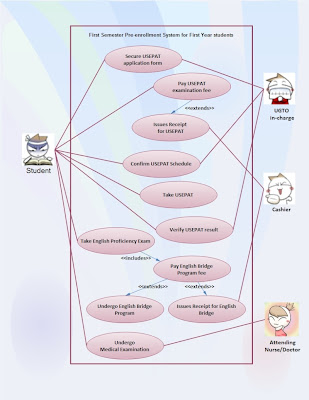Helvetica
Simple. Clean. Modern. Those were the words that stuck in my head after I watched the documentary about the typeface Helvetica. During the narration on how Helvetica came to be, it just amazed me on how intricate the making of a simple typeface is. Helvetica was born during the time where computers were not yet accessible for everyone which makes the creation of the typeface more difficult before than it is today. The documentary made me realize that typography is a complicated art even if the typeface itself looks simple.
The documentary featured two opposing views about Helvetica which I found very thought-provoking. The first one believes that Helvetica is a legible and intelligible kind of typeface that can be use for almost everything. It is has the very essence of modernism and gives an impression of cleanliness, neutralism and transparency that’s why most corporation and government agencies are using it. Some also mentioned that precise design and spacing of letters somehow makes Helvetica outstanding from other typefaces. According to Wim Crouwel, “the meaning should be on the content of the text and not the typeface”. That’s the very reason why he loves Helvetica because it doesn’t have a meaning itself.
Although there are people who admire Helvetica, there are also some people who don’t like it. Some of them argue that the simplicity and cleanliness of Helvetica makes it downright boring. And because Helvetica is used by almost everyone, it is somehow overrated and not artistic. Some people in the documentary also believe that a typeface should have their own personality and should portray some form of expression which Helvetica doesn’t have because it’s plain and simple. Some even argue that Helvetica is the reason why there is war on some countries like Vietnam which I find very absurd. I believe that the reason behind a war is far more serious and complicated than because of a simple typeface such as Helvetica.
I find the different views about the Helvetica interesting because it somehow gives me a glimpse of how a designer’s mind works. It just goes to show that every single person has their own personal view of what is beautiful for them. After all, beauty is said to be in the eye of the beholder. There are people who like it organized and clean while there are also people who find the organized as boring and not artistic.
At the end of the documentary I realized how much topography has evolved and has influenced the modern design culture. I generally liked how the documentary featured the use of Helvetica from different countries and on different print media and places like streets and billboards.
In general, I loved the documentary because it made me aware of the very intricate world of typography and contrast of ideas in visual design that also made me appreciate typefaces around me – Helvetica or not.

Comments